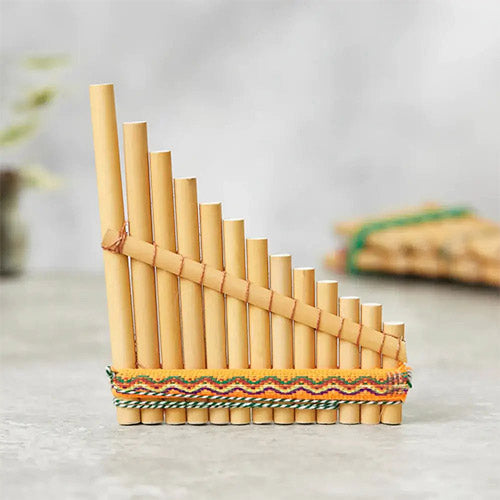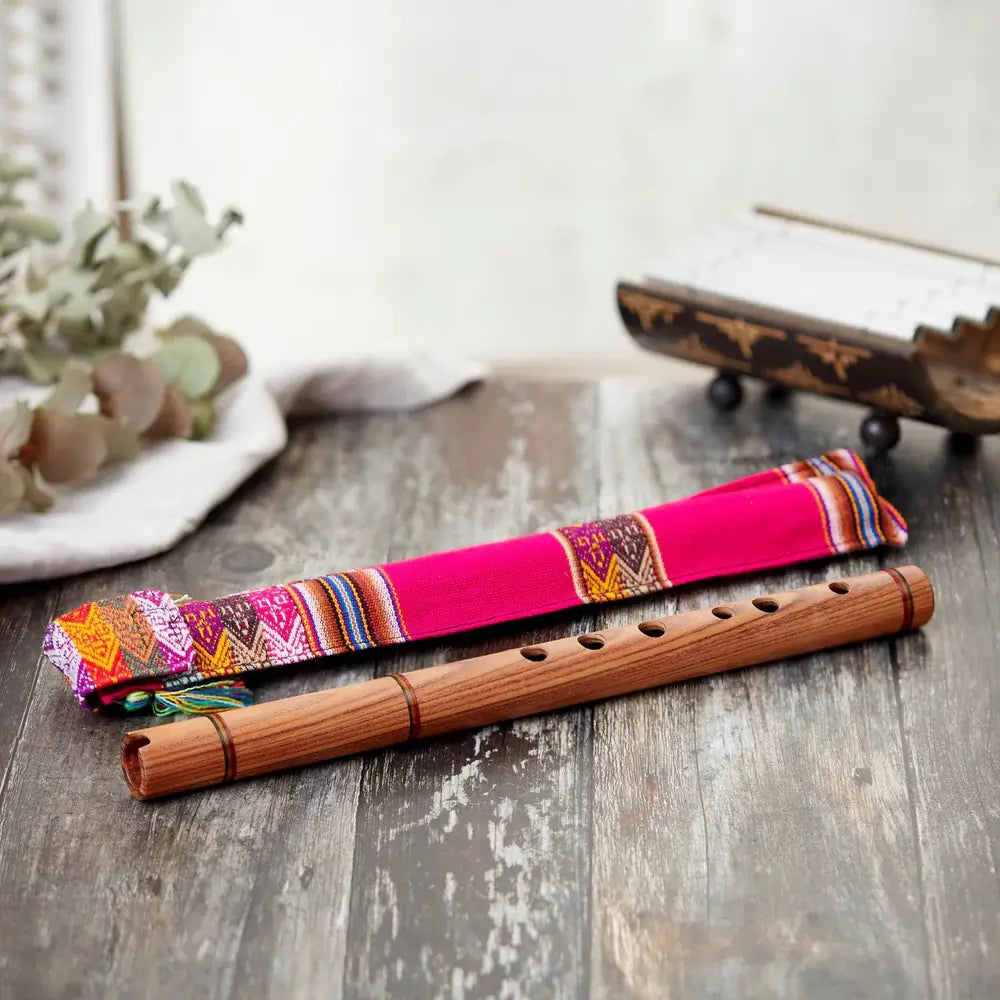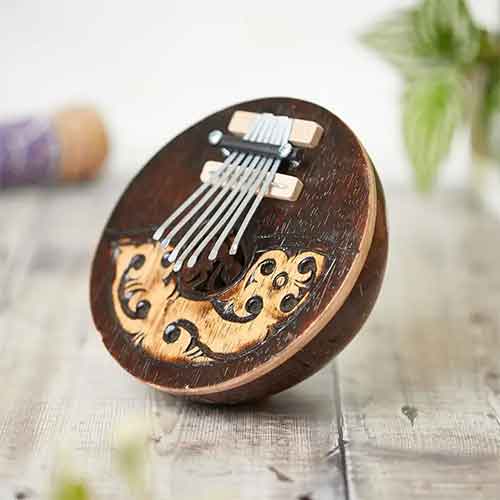Stringed musical instruments have been an integral part of music for centuries. These instruments produce sound through the vibration of stretched strings, which can be made of various materials such as metal, animal gut, silk, or synthetic materials like plastic or nylon. Let's explore the world of stringed musical instruments, focusing on Indian stringed instruments. We will look into their history, uses, differences between them and other types of instruments, where to buy them, and prices.
The history of stringed instruments is unclear due to a lack of documentation before a specific period. However, we do have some knowledge about early stringed instruments from ancient cultures in East Asia, South Asia, the Mediterranean, Egypt, and Mesopotamia. Iconographic sources, such as pictorial representations, have provided valuable insights into the development and spread of stringed instruments across different societies.
Stringed instruments have spread rapidly across Eurasia through various means, including population shifts, invasions, trade, and cultural curiosity. For example, during the Middle Ages, the Crusades significantly introduced new instruments to Europe. Similarly, the expansion of Han Chinese influence and the spread of Buddhism led to the adoption of new devices by the Chinese from their Central Asian neighbours. One notable exception is the pre-Columbian Americas, where stringed instruments were not prevalent.
Stringed instruments can be categorized into four subtypes based on the position of the strings about the instrument's body: lutes, zithers, lyres, and harps. Let's explore each category:
Lutes
Lutes are stringed instruments where the strings are parallel to the body and are typically plucked or strummed. One of the most well-known lutes is the Sitar, which originated in India and is widely recognized in the Western world. The Sitar has a long neck, a resonating chamber, and movable frets. It produces a unique sound and is commonly used in Indian classical music.
Zithers
Zithers are stringed instruments where the strings are stretched across a flat surface. They can be plucked, struck, or bowed. The Santoor is an example of a well-known zither in India and the West. It resembles a dulcimer and is played by striking the strings with wooden mallets.
Lyres
Lyres are stringed instruments where the strings are attached to a crossbar or yoke and are plucked or strummed. The Mohan Vina is an example of a lyre-like mechanism from India. It has a wooden body, a long neck, and movable frets. The Mohan Vina produces a melodic and resonant sound.
Harps
Harps are stringed instruments where the strings are perpendicular to the body and are plucked. They have a distinct triangular shape and can vary in size. The Surbahar, also known as the bass Sitar, falls under the category of harps. It is a more extensive and lower-pitched version of the Sitar.
Uses of Stringed Instruments
Stringed instruments have been used in various musical traditions and genres throughout history. They are versatile instruments capable of producing different sounds and tones. Let's explore some of the common uses of stringed instruments:
Indian Classical Music
In Indian classical music, stringed instruments like the Sitar, Sarod, and Sarangi play a pivotal role. They are used to accompany vocalists and to perform instrumental solo pieces.
Folk Music
Stringed instruments are often used in folk music traditions worldwide. For example, the Dotar, a two-stringed tool from India, is commonly used in folk music.
Contemporary Music
Stringed instruments are also utilized in modern music genres such as pop, rock, and fusion. Musicians experiment with different playing techniques and incorporate stringed instruments to create unique sounds and textures.
Film and Television Scores
Stringed instruments are frequently used in film and television scores to evoke emotions and enhance storytelling, adding depth to the soundtrack.
Difference Between Stringed and Normal Instruments
Stringed instruments differ from other types of devices, such as wind and percussion instruments, in their method of sound production. While wind instruments produce sound through air columns, percussion instruments produce sound through striking or shaking; stringed instruments produce sound through strings.
The strings in stringed instruments can be plucked, struck, bowed, or even blown (in rare cases). The strings' vibration is amplified through a resonating chamber or soundboard, which enhances the sound and adds resonance. This amplification is crucial for the sound projection of stringed instruments.
Another distinguishing feature of stringed instruments is the wide range of tones and timbres they can produce. Musicians can create many expressive and nuanced sounds by manipulating the strings, adjusting playing techniques, and utilizing different playing positions.
Where to Buy Indian Stringed Instruments
If you want Indian stringed instruments, various options are available. Here are some famous avenues for buying these instruments:
Speciality Music Stores
Many speciality music stores, both physical and online, specialize in selling musical instruments from different cultures. These stores often have a dedicated section for Indian stringed instruments. You can find a selection of Indian stringed instruments on online marketplaces, giving you the convenience of browsing through different options and comparing prices and customer reviews.
Directly from Instrument Makers
Some instrument makers and artisans sell their instruments directly to customers. This provides an opportunity to buy tools that are handcrafted and of high quality.
Music Festivals and Workshops
Music festivals and workshops often have vendors and exhibitors selling various musical instruments, including Indian stringed instruments. Attending these events can allow you to try different tools and make an informed purchase.
Prices of Indian Stringed Instruments
The prices of Indian stringed instruments vary depending on the quality of craftsmanship, materials used, brand reputation, and rarity of the item. Here are some approximate price ranges for standard Indian stringed instruments:
Sitar
Entry-level sitars can start from around £300, while professional-quality sitars can range from £1000 to several thousand pounds.
Tanpura
Tanpuras can range from £200 for student models to £1000 or more for professional-grade instruments.
Sarod
Sarods can range from £400 for beginner models to £2000 or more for higher-end devices.
Sarangi
Sarangis can range from £500 for entry-level instruments to £2000 or more for high-quality models. These price ranges are estimates and will vary based on various factors. It is recommended to research specific instrument makers, brands, and models to understand better the price range that suits your budget and requirements. Indian stringed instruments have a rich history and cultural significance. They play a vital role in Indian classical music, folk music, and contemporary genres.
The diverse range of instruments within this category, including sitars, tanpuras, sarods, sarangis, and more, offer musicians various sounds and tones to explore. If you want to purchase an Indian stringed instrument, numerous avenues are available, such as speciality music stores, online marketplaces, instrument makers, and music festivals. It's essential to research and compare options before making a purchase.












